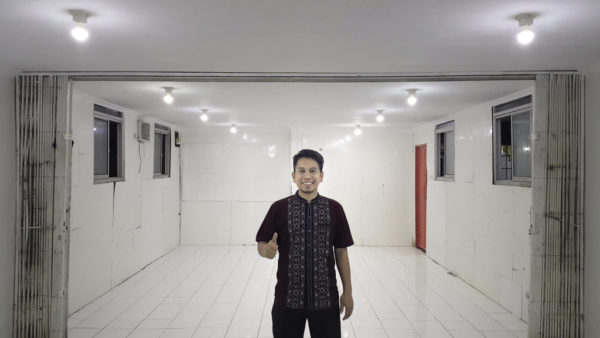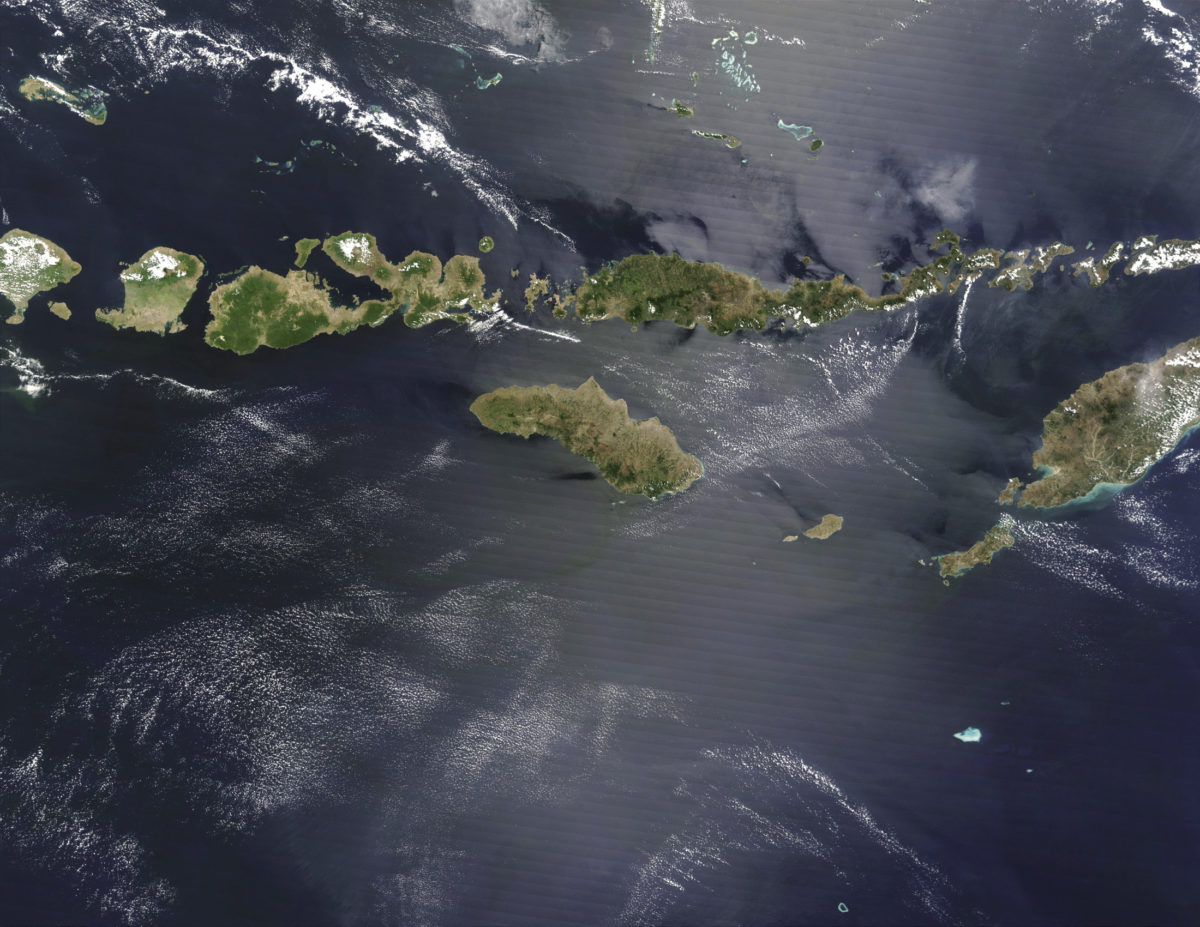At the end of 2019, the Ministry of Energy and Natural Resources of Indonesia reported an improvement in the electrification of rural areas in Indonesia. However, hundreds of villages in the eastern part of the country are still waiting for electricity development. Geographical challenges – such as mountainous areas beyond the reach of the transmission system, and an archipelago surrounded by ocean – result in high prices for the construction of new transmission infrastructure.

Image: University of Indonesia
One of the quick approaches developed by the government in 2019 was an extension of national utility PLN’s network – a particularly isolated grid. It also launched a pre-electrification scheme and distributed energy-efficient, solar-powered lighting. Just over 5,500 villages, out of a total of 74,430 in all of Indonesia, now have their own independent supplies of electricity without connection to the PLN grid. Many of them rely on diesel generators and other local sources of energy.
Chairul Hudaya – inspired by an earlier project that distributed liquified petroleum gas around the country in tubes – entered a national competition with his research team at the University of Indonesia to present the idea of an “electricity tube,” or “tabung listrik.” It had a capacity of about 1 kWh, which made it easy to carry and recharge. After winning the competition in 2017, the idea developed by the team was implemented by PLN, along with the Indonesian Ministry of Energy and Natural Resources, as well as the Ministry of Villages, Development of Disadvantaged Regions, and Transmigration.
Author: Sorta Caroline
Mobilizing batteries for energy access
 Chairul Hudaya, an assistant professor in the department of electrical engineering at the University of Indonesia, is leading a research team to develop a mobile container with a capacity large enough to power entire villages. He spoke to pv magazine about the progress the researchers have made on the mobile electricity storage system (MESS) project, as well as the wider context of energy storage in Indonesia.
Chairul Hudaya, an assistant professor in the department of electrical engineering at the University of Indonesia, is leading a research team to develop a mobile container with a capacity large enough to power entire villages. He spoke to pv magazine about the progress the researchers have made on the mobile electricity storage system (MESS) project, as well as the wider context of energy storage in Indonesia.
Could you please explain the idea behind the MESS that you are currently developing?
The idea is derived from the concept of the electricity tube. We did development on the battery energy storage system (BESS). We then realized there is a big insertion from renewable energy that fluctuates. BESS is unmovable, located in a substation. It functions as an energy supply and ancillary service.
We think forward, so why don’t we move it around? It could then be useful to electrify multiple islands – moving the container with trucks or vessels. It can stay on one island to be charged and then be moved to provide power in other places that the grid cannot reach. This project is concerned with the electrified eastern part of Indonesia. So MESS, with a capacity of more than 100 kWh (if we put the battery in parallel) is an answer to electrification in rural areas or areas that cannot be reached with transmission lines. MESS is not only suitable for the islands, but also for big cities, where it can help to reduce the use of diesel generators and associated air and noise pollution.
How much does it cost to charge one of these batteries?
The charging can go through conventional electricity generation near mining site, or any local energy resources such as PV and wind. The price is still the subject of discussion with [Indonesian utility] PLN regarding financial feasibility, technical, and commercial aspects.
From the electricity tube, Talis, that we already released to the market, the investment cost per tube is $350, with a 500 Wh capacity. A Talis unit has two batteries. You could easily carry Talis and recharge it. So far, the capacity is not that big, it needs to be adjusted to people’s needs in the rural areas, which are different from the needs of people living in the city. We are also securing Talis by using the DC system.
What are the challenge for the MESS project?
There are many challenges. The price of the battery is high, even though it is predicted to go down. The challenges are also the regulation, safety, waste, technical cooling system, converter, and charging station with a certain capacity.
Regarding waste, how does battery waste management in Indonesia currently work?
Indonesia does not have any lithium battery waste management at the moment. But according to a recent update, Indonesia Morowali Industrial Park, Sulawesi, is now developing a lithium battery recycling system. Until now, battery waste is still dumped in landfills. Now the concern of the government is to always process the nickel locally before importing it.
The batteries that we use for this project are still imported. Indonesia has manufacturing plants for other types of batteries, but not for lithium. Actually, what is needed here is a partnership between Indonesia and the most significant battery industry players.
How about regulations, such as tariffs?
Regarding the tariff, the ancillary services a battery can provide are not yet considered in the regulations. This would be important to secure the system and prevent total blackout. For example, in Indonesia’s blackout cases in 2019, billions of Indonesian Rupia needed to be paid by the country as losses when it was measured with value. Batteries should be able to play a role here to secure the system.
Unfortunately, there is no attractive incentive to develop such industries until now, both BESS and MESS within their ancillary service, are less competitive and tend to be expensive.
What about the cooling system challenges?
We are still working on the best scenario for Heating, Ventilating, Air Conditioning (HVAC) to maintain the battery on in the 22-24 grade temperature range, to make sure no dew trap is created on the inside. The cooling system is also challenging for a tropical country like Indonesia.
Interview by Sorta Caroline
This content is protected by copyright and may not be reused. If you want to cooperate with us and would like to reuse some of our content, please contact: editors@pv-magazine.com.
